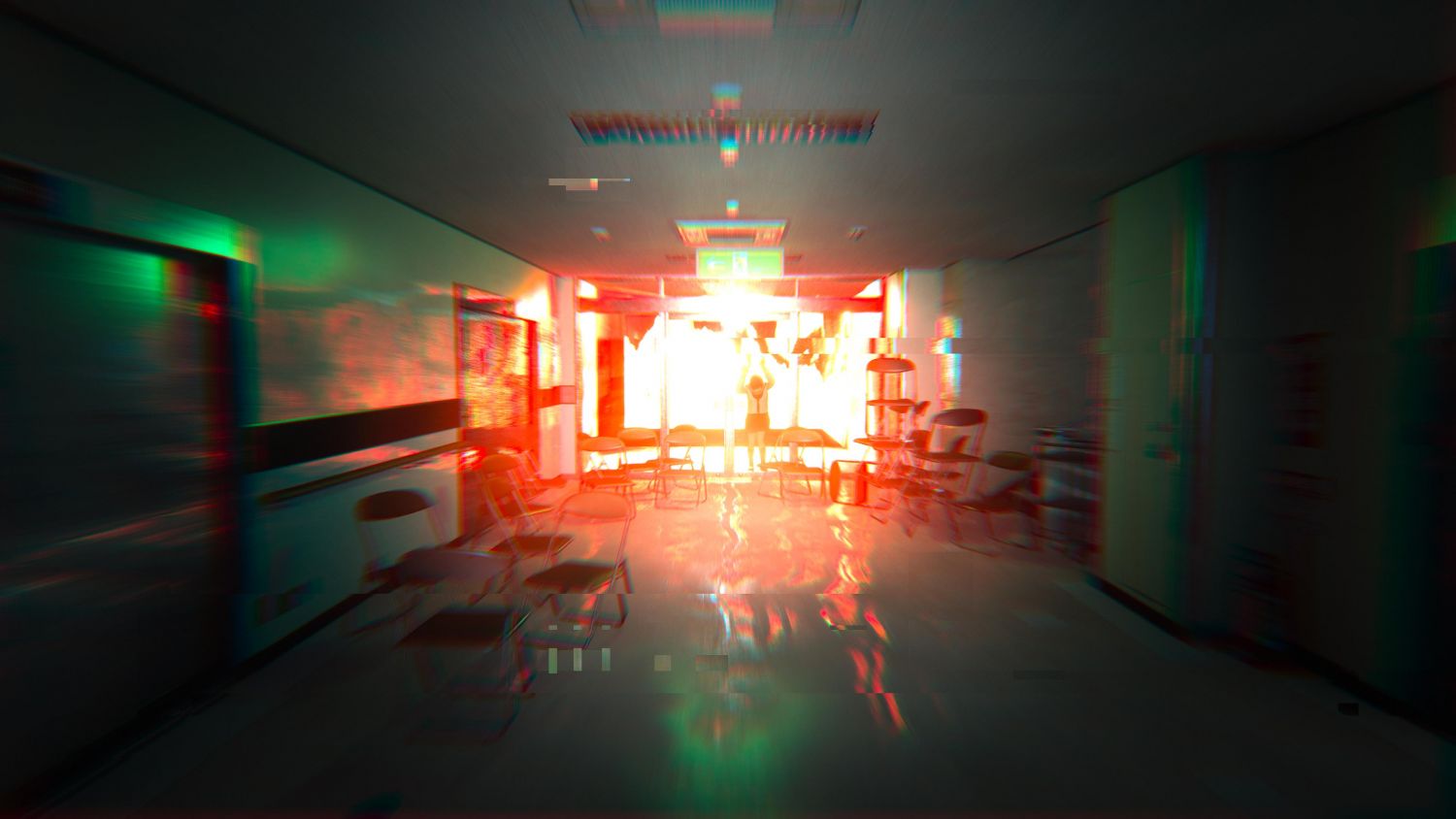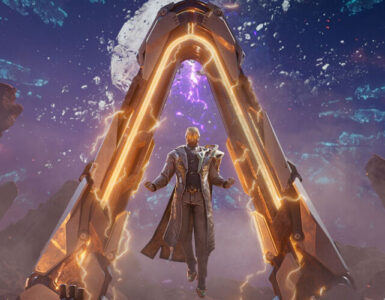When it comes to gaming, the legacies of studios and developers are hard to shake. Be they positive or negative, it is likely to have a tangible effect on whichever projects they work on next. Having already delivered excellent horror experiences with both The Evil Within and its sequel, Tango Gameworks is shifting its focus closer to home with Ghostwire: Tokyo. Sitting down with both Game Director Kenji Kimura and Producer Masato Kimura, it was clear for the team that this presented another great opportunity to solidify their reputation as true craftsmen in the genre.
“As a studio, we were established and run by Shinji Mikami, he’s very famous for creating horror games, and the thing is that he didn’t really start the studio to make horror games, he wanted to make a studio that creates new and cool and original games,” the game director shared.
“While we were making [The Evil Within], on the side, we were starting to create and plant seeds for new ideas and to create new experiences. And Ghostwire: Tokyo is one of those, a new type of experience, a sandbox-style, action-adventure game, and with a completely kind of new twist.”
And to ensure that they could refine everything to a level worthy of the studio’s legacy, it was decided that the ghostly adventure will take place in their home city of Tokyo, or at least, a stylised version of the iconic city.


The idea was always to allow players to “experience the fun of Tokyo” and showcase the city in a manner that was common knowledge to the locals. For director Kimura, this meant taking walks throughout the city along with the rest of the team, which helped with the rediscovery of what made Tokyo such an excellent bedrock to build the game on.
“For example, walking around a very modernised building, you could just turn a corner and then all of a sudden, you see a Jizo statue, a shrine, or without really knowing it, a sacred ground. It’s a little bit bizarre in the sense that all these things are kind of closely knit together and the way the city has evolved over time, it still maintains the traditions of the past and respects the history.”
That gave way to ideas that transported players across dimensions and worlds, into the paranormal and supernatural amidst the mundaneness of modern city life.
As producer Kimura put it, the mantra constantly repeated by the team was to “enjoy the unordinary that is lurking within the ordinary.” That formed the basis of how Tango Gameworks approached horror in Ghostwire: Tokyo, which only serves to up the tension as everyone would be able to relate.
“When you are walking by something that looks like an everyday scenery, but you start to notice something is off, you get that tinge in your spine. That’s the kind of spooky that people feel, and we wanted to have a lot of those kinds of moments in the game,” he explained.
Caught in the middle of it all is our protagonist Akito, recently deceased but brought back to life thanks to a fusion with the equally dead ghost hunter KK. Trapped in a city with 99% of its population gone, it is up to them to set things right and take down the villain known as Hannya.
That said, it is not as clear cut as a hero versus villain story, with Ghostwire: Tokyo essentially telling a story of loss and the journey to overcome it. Whenever you spot lingering spirits, they are always in search of something, a purpose, a person, feelings of regret that keeps them tethered to the mortal coil.
Even Akito, KK, and Hannya all have their own losses to deal with, and it is through the events of the game that we might hopefully reach some closure under a coat of the supernatural.
A huge part of that is displayed in the game’s combat system, where Akito wields different spells and tools to take down the otherworldly Visitors, malevolent spirits that are part of Hannya’s schemes. It may appear fantastical, but there are definitely cultural roots to what players will see in the game.
Enemy designs draw heavily from Japanese folklore and myths, and the sense of dread that players will likely feel when facing them stem from the fact that from afar, these foes look normal. Up close, however, and they reveal their true colours.
“Director Kimura was really good at taking these normal things and portraying those things from a slightly different perspective. So we’re taking a lot of these things that are kind of familiar things that you can relate to. And so, enemies might not have a face if you go close to them, and you know, but from afar, they look familiar,” Masato Kimura elaborated.
What is clear is that these monsters are borne out of strong emotions or attachments. Pointing to the faceless salaryman and the headless schoolgirls as examples, director Kimura illustrated that we feel the most stress when entering a new stage in life.
This could be peer pressure at school, or the neverending work that awaits at the office, and it is such emotions that cause them to lash out and become the beings they are.
Of course, not every spirit you meet in the game are hostile, and the Yōkai plays an important role throughout the game. They could appear as friendly shopkeepers, entities that exist without intention to harm, or in some cases, mischievous creatures that do spell danger. Depending on where you come from, the stories about Yōkai will differ, and these are all displayed throughout Akito’s adventures.
In terms of defending yourself against the Visitors, Ghostwire: Tokyo was never going to involve weapons like guns, and for the team, Japanese culture provided much of the inspiration.
Hand movements were core, with movement like praying with your hands or using them to cast away spirits helping to bring the combat to life in the game. Ninjutsu was also part of the team’s considerations when designing the systems, which helps add to the immersion of the game.
As for KK and his constant presence as part of the player’s existence, it all falls back to the original vision of experiencing the unordinary. “Instead of having like the body that’s trailing alongside you, visually, we wanted to make it so that players can kind of feel an existence, the things that you cannot see are still things that you can kind of feel is the sense that we’re trying to achieve,” the producer added.
In the time we have spent with an early preview of Ghostwire: Tokyo, it is clear that everything the team has shared with us holds true. From an amazingly detailed Tokyo to the creepiness brought about by the Visitors and the unordinary, the game is shaping up to be a wonderfully realised action-adventure that delivers horror from a different angle.
With just about a week or so to go, Ghostwire: Tokyo could very well be Tango Gameworks’ next big franchise. Should the game find great success, we can’t wait to see what they can do with other cities and other cultures.

















